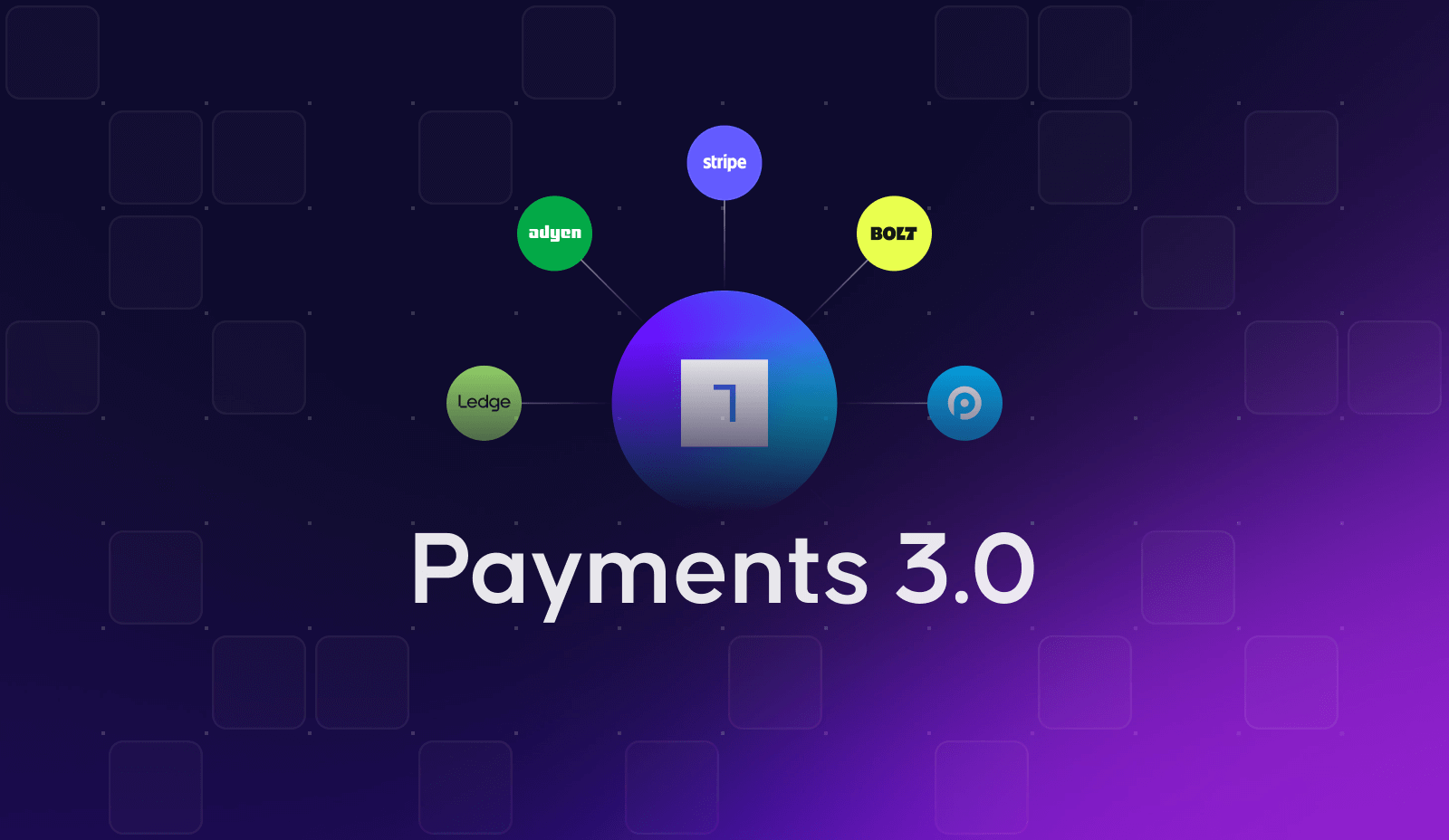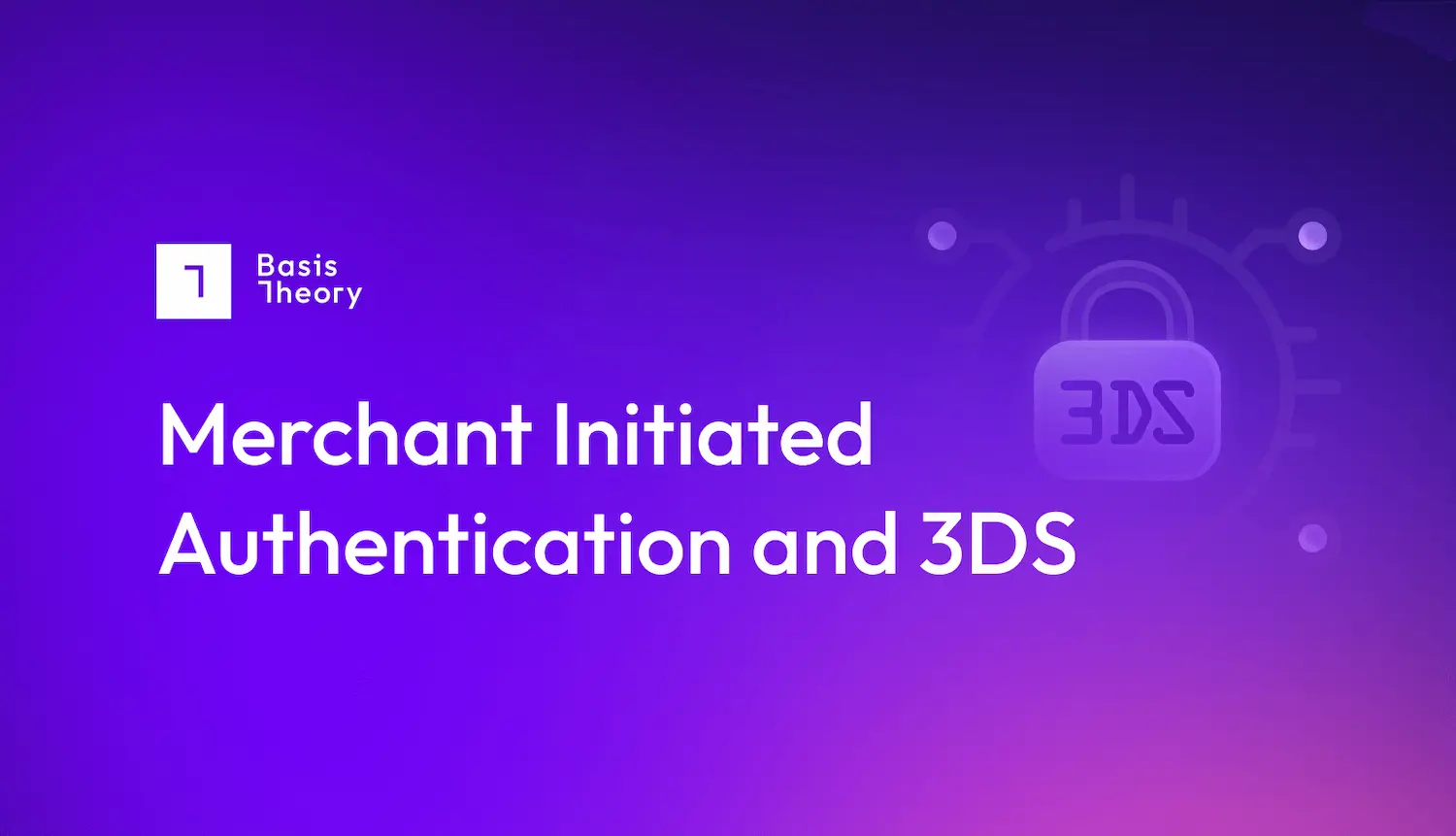Making Agentic Payments Work for Merchants

There may be no more widely discussed topic today than artificial intelligence. This year, over 40% of S&P 500 companies have cited “AI” on earnings calls.
A corner of the AI space gaining increasing attention is agentic AI, which is, to put it simply, software that can make and execute decisions on its own.
Agentic AI promises a future in which the machine can do everything for consumers with barely a guardrail in view. This autonomous, self-learning artificial intelligence software can execute whole processes without constant human interaction. In the context of payments, agentic AI could not just recommend a purchase, but actually complete the transaction on behalf of a user.
The canonical example is an agentic travel agent, which can respond to a prompt like “set up my travel arrangements for CES next year” by:
- Researching when and where CES will take place.
- Finding and booking flights at times the user prefers.
- Finding and booking hotels at the user’s preferred locations at the best available price.
- Arranging a rental car, or transfers.
- Booking reservations at the user’s favorite restaurants.
- Passing back to the user a fully complete itinerary.
While an AI travel agent is far from the only example, it illustrates not just the potential power of agentic AI, but also possible drawbacks. Suppose it incorrectly identifies the time and place of the meeting. In that case, the user may find themselves committed to non-refundable flights, rooms at hotels they despise, and huge bills for cars they’ll never take and meals they’ll never consume.
How are consumers using agentic AI?
While consumers have limited options to use full end-to-end agentic AI, much of the innovation has occurred in the shopping space. A large coterie of startups are offering to help shoppers sort through the vast collection of options available to them, select the most appropriate, tease out the best values available, and make the purchase when the price, availability, and convenience are optimal—even if that happens at a time when the user is unavailable.
Amazon’s Buy for Me may be the closest thing to a finished product. When customers search for branded goods on the Amazon app that Amazon does not actually sell, the system will search the inventories of partner outlets and offer options. If the consumer is interested in buying, Amazon presents the details within its own app, and the customer can click Buy for Me, at which point Amazon makes the purchase on their behalf, as though it were the actual merchant.
While a lot here seems more geared toward customer retention for Amazon than true consumer benefit, it reduces purchase friction and delivers some value to the buyer.
Agentic Payments
It’s hardly surprising that Amazon is ahead of the curve on agentic commerce: Many, if not most, Amazon users store their payment details with the e-commerce giant. As such, Amazon can access those details and use them to make purchases on other merchants' sites.
But there’s a slight wrinkle here.
The app only shows products from other merchants who are a part of their program; when the consumer goes to make a purchase, Amazon charges them, then delivers the payment confirmation (and subsequently the payment) to the end-merchant, which then sends the product to the consumer, with details relayed by Amazon. In other words, Amazon doesn’t “make a payment on the consumer’s behalf” as one might expect from an agentic AI payments system.
This is a strong solution to the biggest challenge to agentic shopping: allowing the AI agent to actually submit payment.
In the early days of the Internet, one of the first big challenges to payments becoming mainstream was the use of bots to obtain access to limited-access items. Ticket resellers would build armies of bots—think of them as AI payments agents—that would descend upon Ticketmaster and its ilk the moment a popular performer released tickets to their new tour, and snap up all the seats, which could then be sold for a profit on the secondary market. Suffice to say that neither Ticketmaster, the venues, nor certainly the artists themselves appreciated third parties artificially increasing the price of concerts, especially when none of the extra value created rebounded back to those doing the actual singing!
Thus was born CAPTCHA and its descendants: front-end traps to ensure every purchase was made by an actual person, not by a bot. By now, you’re more than well acquainted with having to click a box, identify all the fire hydrants in a 3x3 grid of photos, or slide a puzzle piece across the screen to prove you are human. These are specifically designed to ensure that a computer program cannot pretend to be a human—which is a significant impediment to the first round of agentic payments.
And, of course, this is a clear signpost as to why Amazon, with its ability to take the payments itself, and route them to another merchant, is currently at the head of the pack.
Agentic Commerce
Fortunately, it’s not only Silicon Valley startups thinking about using agentic payments—it’s the payments industry itself. Calling their services agentic commerce, agentic finance, and an array of other terms, service providers are looking to create new ways to transact payments using agentic AI.
For instance, a provider may be able to contract with a firm that maintains direct links with a group of merchants, so that when their agentic AI wants to buy something, it places the order with a trusted partner at the lowest cost.
At the same time, the card networks are building the infrastructure necessary for agentic payments to be made in the back end, entirely bypassing the front end and all its CAPTCHA gotchas. In this way, Ticketmaster, for instance, might be able to allow agentic AI to make a single purchase per customer—or even to allow agentic AI purchases only for a subset of their inventory to protect their own margins.
However, this re-conception of the payments universe rolls out to support agentic AI, merchants will undoubtedly need to retain the ability to manage their own customers’ payment details and partner with a multitude of downstream payment enablers, from PSPs to agentic commerce providers to bespoke agentic AI-enabled API endpoints. For agentic payment to work—and execute independently—it must be granted access to stored, compliant payment credentials.
This infrastructure challenge can be solved through tokenization, and vaulting.
Merchants and platforms looking to support AI-driven commerce will need systems that allow agents to act—compliantly. Read our post comparing vaulted to vaultless tokenization, and our verdict on which way is better for enabling compliant AI-driven commerce.
.png?width=365&height=122&name=BTLogo%20(1).png)




